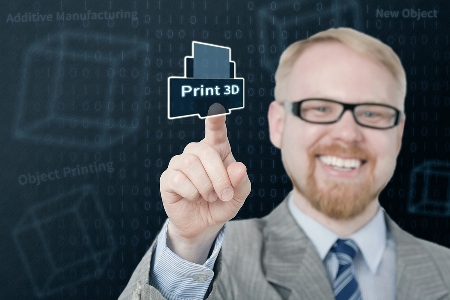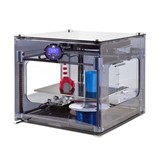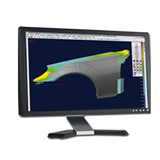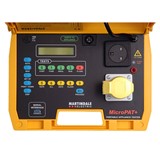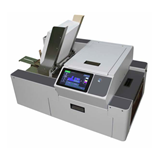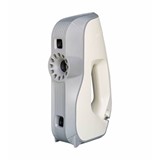He imagines that one day you'll be able to scan your body to create a file so you can order 3D-printed furniture or clothing tailored to fit your curves.
"That's the next thing – mass customisation," Goodrum says.
Throughout the world the implications of 3D printing technology are continuing to expand, including in the area of automotive engineering.
The process works from a digital blueprint to create three-dimensional solid objects. Often using metal, products are built in layers that can be as thin as 0.1mm.
Already, US-based 3D printing pioneer 3D Systems offers an AppCreate program to help artists and modellers create files to be offered to the public via its consumer printer website Cubify.com.
Netherlands-based Shapeways is a 3D printing marketplace where people can buy or sell 3D products. You can upload your own design and Shapeways will print it for you, or you can download someone else's model and print it yourself or have it printed.
Dutch artist Theo Jansen turned to 3D printing to give more people access to his work. Jansen, with the help of Dutch designers Bo Jansen and Tim van Bentum, has been creating sculptures he calls "new life forms" since 1990, most famously, his "Strandbeests". These huge kinetic structures, made of PVC tubing, walk along the beach powered only by the wind.
Jansen teamed up with Shapeways to offer miniature versions of the Strandbeest. Designing the 3D version proved challenging because it was made up of at least 76 separate moving interlocking parts. Multiple prototypes were used to create the first viable version but Shapeways and Jansen have since adapted the design to make a lighter-weight structure.
3D printing is also making its way into the health domain. One innovative example is "Cortex", a design for an alternative to the plaster of Paris cast for broken limbs. New Zealander Jake Evill has devised a robust, custom-cast structure made from sintered Nylon.
"Cortex" scans the broken limb and reconstructs it into a 3D model. A digital file is then sent to a 3D printer. Parts are snapped together to create a snug fit on the broken limb, and the open, ventilated membrane allows the wearer to scratch an itch or run the structure under water, something that was uncomfortable with the old plaster casts.

